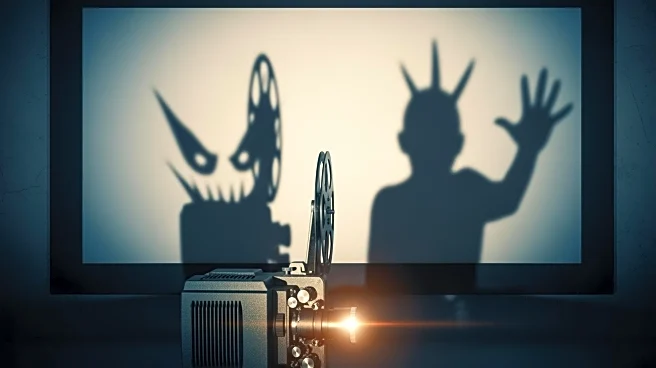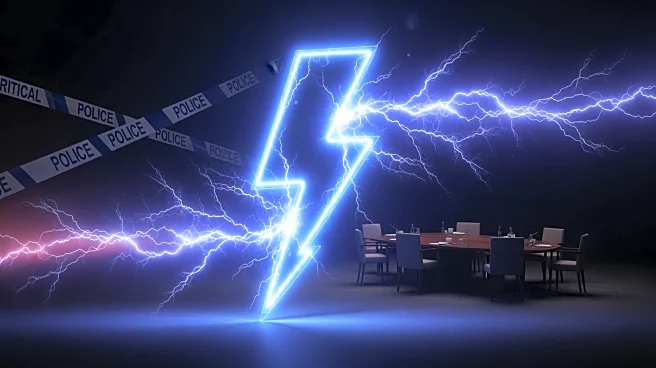What's Happening?
Black Phone 2, the sequel to the horror film The Black Phone, has taken a unique approach by featuring a slasher narrative with no present-day deaths. Directed by Scott Derrickson and written by C. Robert Cargill, the film follows Finn and his sister
Gwen as they confront the ghostly presence of The Grabber, a masked killer from the first movie. The story unfolds at Alpine Lake, where Gwen receives dream calls from the mysterious black phone, revealing visions of past victims. Despite the terrifying atmosphere, the film's kill count remains zero in the present timeline, focusing instead on solving cold cases and exploring the psychological impact of past events.
Why It's Important?
Black Phone 2's deviation from traditional slasher film conventions is noteworthy as it challenges the genre's reliance on high body counts for suspense. By focusing on psychological horror and unresolved mysteries, the film offers a fresh narrative approach that could influence future horror productions. This shift may appeal to audiences seeking more depth and character development in horror films, potentially expanding the genre's appeal. The film's success could encourage filmmakers to explore innovative storytelling techniques, contributing to the evolution of horror cinema.
What's Next?
The reception of Black Phone 2 may prompt discussions within the film industry about the viability of non-traditional horror narratives. If successful, it could inspire other filmmakers to experiment with similar approaches, potentially leading to a broader range of horror films that prioritize psychological tension over graphic violence. The film's unique narrative could also attract a diverse audience, including those who typically avoid slasher films due to their violent content.
Beyond the Headlines
The film's focus on psychological horror and dream sequences raises questions about the portrayal of trauma and its impact on survivors. By addressing these themes, Black Phone 2 contributes to broader conversations about mental health and the representation of trauma in media. The film's approach may encourage viewers to consider the long-term effects of violence and the importance of addressing unresolved psychological issues.













